Weed control is essential when it comes to gardening. If you are unfamiliar with using a step-and-twist weed popper, we'll show you how!
A step-and-twist weed popper works by pushing and twisting it into the ground. The twisting action enables the tines to catch the root and stem systems of the weeds around the tines.
You can pull the weed popper out and use its plunger-like release mechanism to eject the weeds.
A step-and-twist weed popper is a handy tool for maintaining your garden and lawn. It's a versatile tool that you can use in a variety of different ways. Read on to learn more about this gardening tool below!
How Do You Twist A Step-And-Twist Weed Popper?
Using a step-and-twist weed popper is a great way to remove weeds around your lawn or garden, but there's a trick to ensuring your step-and-twist weed popper does exactly what you expect it to do.
When using a step-and-twist weed popper, it is crucial to turn the handle clockwise entirely. The blades of the tines are facing to the right, so it just makes sense to go clockwise.
A complete 360-degree turn ensures that the tines fully engage with the weed. This is important because you want to eliminate the weed with the least effort possible.
If you leave it to chance and assume that a half-hearted twist is good enough, you have no shot at seizing the entire weed system.
Why Should You Use A Step-And-Twist Weed Popper?
Weed removal has always been tedious, and weeding by hand requires a lot of time. Many types of weed killers can help you take care of weeds, but they all have drawbacks.
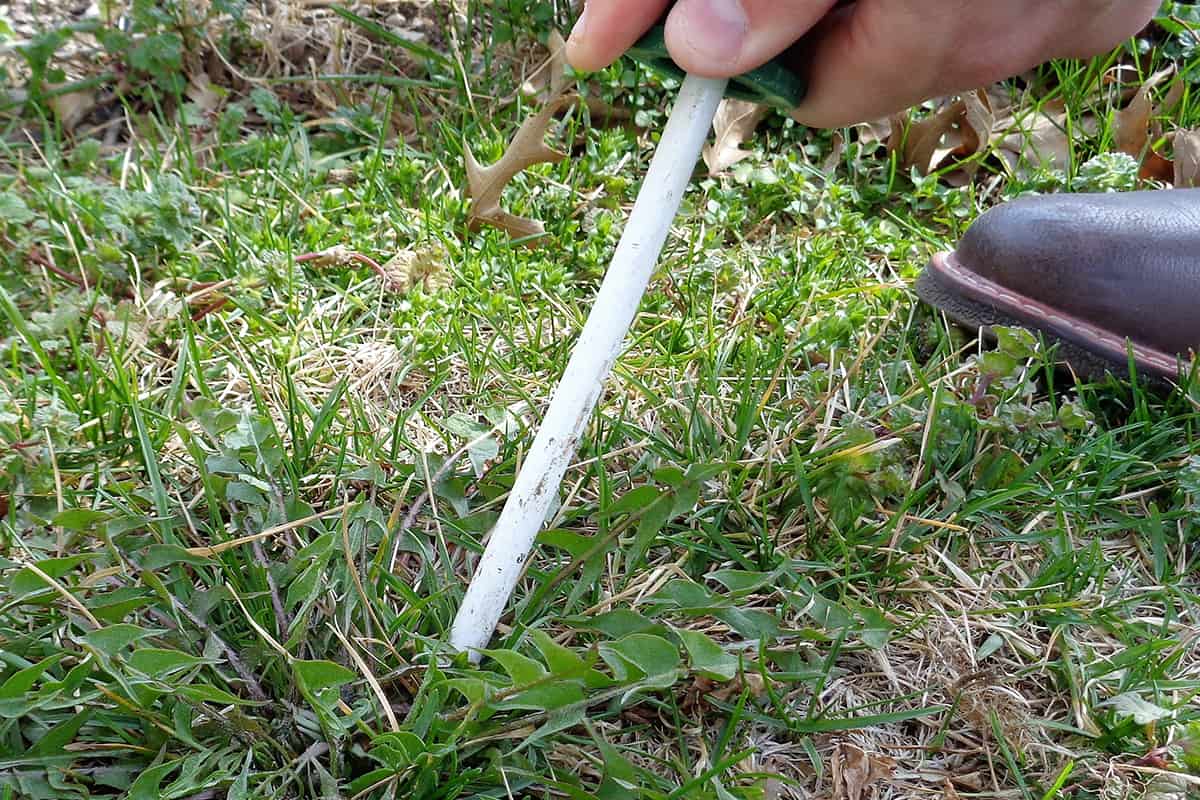
If you want to avoid using chemicals to remove weeds in your garden, you may consider using a step-and-twist weed popper.
You can easily use these to effectively kill weeds and remove them from your garden without harming your plants or the environment.
Here are some of the advantages of using a step-and-twist weed popper:
Back Pains? No Problem!
The step-and-twist weed popper allows you to pull weeds without bending over.
Removing weeds can be rough on your back, especially if using conventional gardening tools like garden trowels.
Its ergonomic design ensures that your posture is never compromised, allowing you to remove weeds with no strain on your back.
Works Well In Tight Spaces
Step-and-twist weed poppers can be used in any space. They are small enough to fit into tight spots, making it easy to use them to remove weeds from areas you wouldn't usually be able to reach.
This is especially helpful when you have limited space.
Works On Any Soil
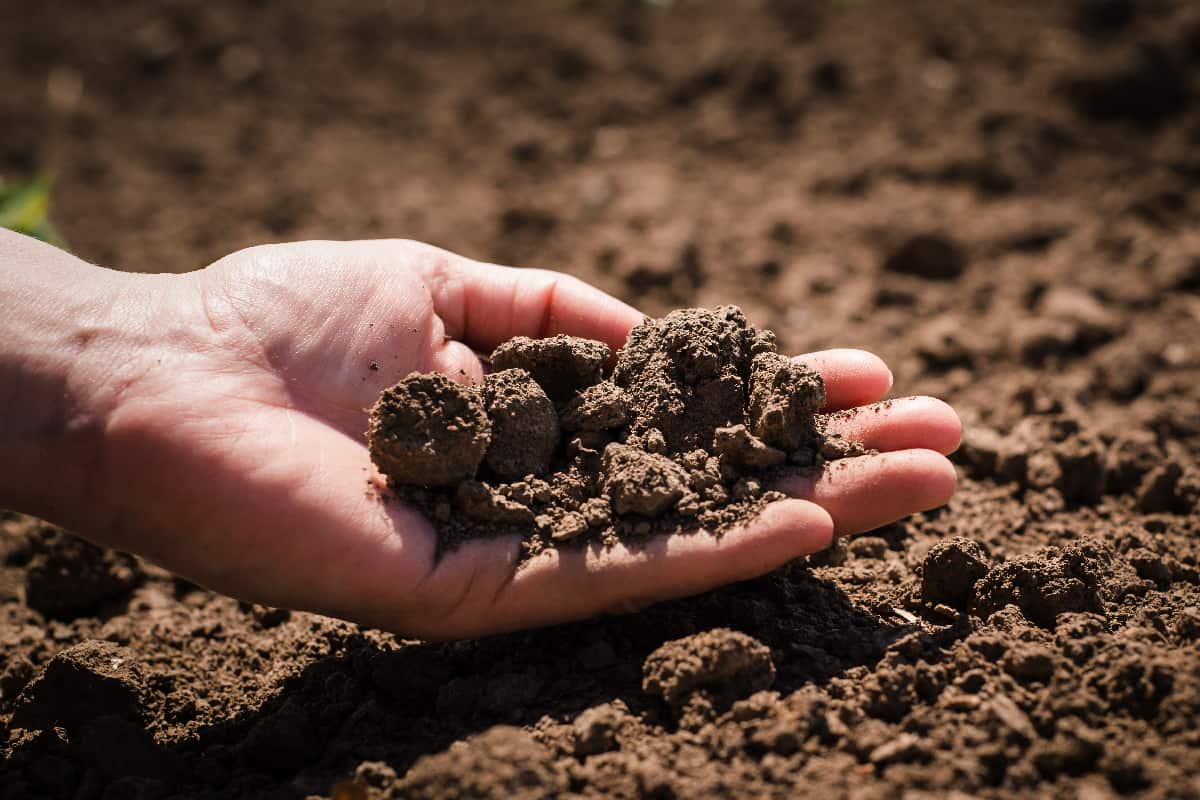
Another advantage of step-and-twist weed poppers is that they can be used on any soil. Weeds can be removed from rocky ground, clay soil, compacted soil, or anything.
This versatility means you don't need to spend more time and money buying multiple types of tools to weed in different situations.
Great For Aerating Soil
The step-and-twist weed popper is one of the best tools you can invest in because it can be used as a soil aerator. Soil aeration helps remove compacted soil by creating pockets in the ground.
Aerated soil has a better chance of absorbing water and nutrients. It also has a better chance of becoming healthy because fewer weeds exist than if you had unaerated ground.
Planting Flowers
Horticulture can be a challenging profession to master and one that requires a lot of attention to detail. While some gardeners enjoy the challenge, others prefer a less demanding, more straightforward gardening experience.
And nothing could be more straightforward than using a step-and-twist weed popper to dig holes to plant flowers.
Whether new to gardening or looking to improve your garden in any way possible, a step-and-twist weed popper is a perfect way to dig holes for planting flowers.
A step-and-twist weed popper can be used in place of a trowel, making it an ideal tool for the beginner gardener.
This is because it does not need to use the traditional back-and-forth motion of a garden shovel. Instead, it uses a twist motion that allows you to dig with just one smooth motion.
Check out this step-and-twist weed popper on Amazon.
What Is A Step-And-Twist Weed Popper Made Of?
Step-and-twist weed poppers are made of carbon steel. Carbon steels are known for their strength and durability. However, they are not corrosion-resistant.
Proper care must be observed to ensure no rust is formed on the tines.
How To Maintain A Step-And-Twist Weed Popper
Carbon steel is one of the most common metals used as tools, and a step-and-twist weed popper is no exception. Here are a couple of suggestions on properly caring for your step-and-twist weed popper.
1. Clean After Using
You need to ensure it's clean and dry after every use. The presence of carbon in steel can make it rust or corrode. The higher the carbon content, the higher the corrosion rate.
You don't have to know precisely how much carbon content a step-and-twist weed popper has. Just make sure it's clean and moisture-free before storing it.
You can use a garden hose's pressurized water to remove clumps of soil stuck into it easily.
2. Lubricate Any Moving Parts
The moving parts of a step-and-twist weed popper include the thumb-release mechanism and the spring-loaded parts. Ideally, you lubricate these areas regularly.
Lubricating the moving parts of a weed popper helps ensure that the components move smoothly and efficiently.
It also reduces friction and wear and tear, which can help prevent premature failure. You get a weed popper that works well and keeps working for a long time.
See this lubricating oil on Amazon.
Should I Wet Weeds Before Using Weed Popper?
According to Bob Vila, pulling weeds is a lot easier when the ground is wet. You don't have to worry about the soil being too hard to dig.
Besides, wet soil will give you better leverage than dry soil. This is because the tines can twist easily with minimal effort.
Another advantage of pulling weeds when the wet ground is that you can easily clean the soil stuck in the tines. Caveat: wet the ground where you want weeds removed but don't saturate it.
Can I Leave Pulled Weeds On My Lawn?
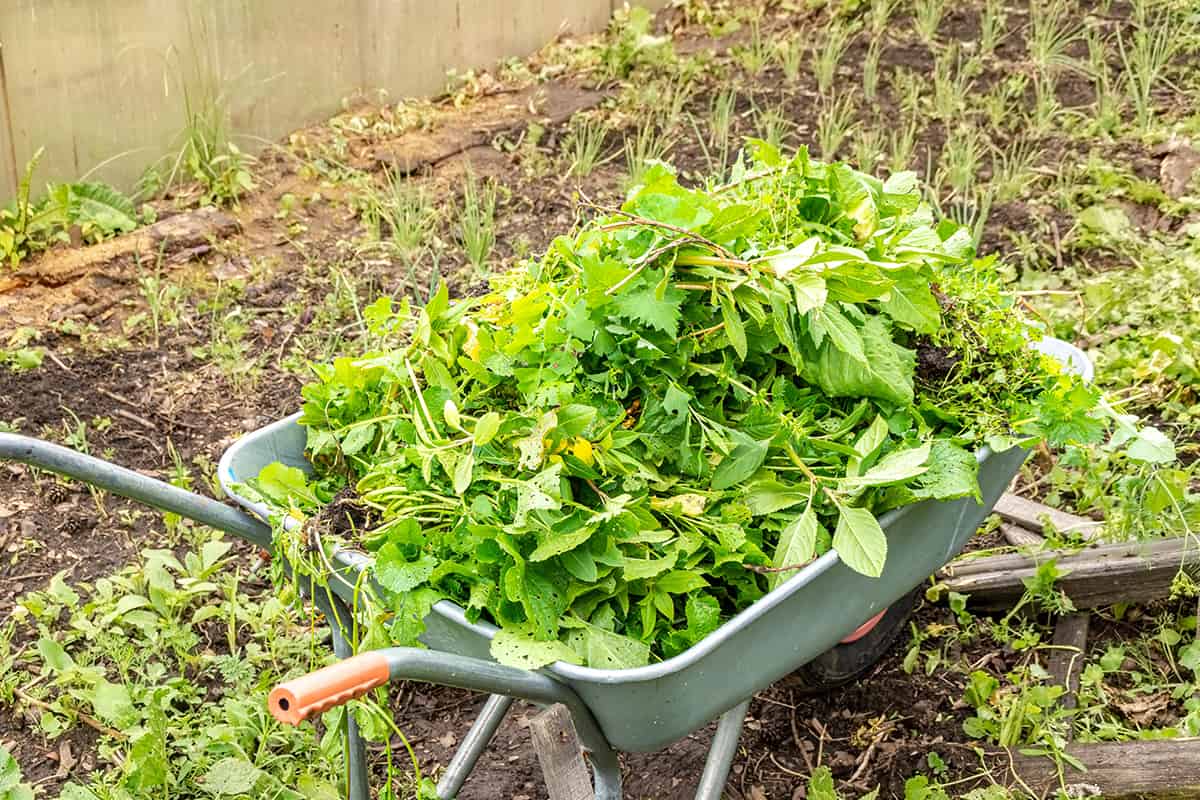
You know you've got a weed problem if you find yourself pulling out a handful at least once a week.
You might feel like you're constantly fighting an uphill battle against nature, but if you're in the habit of leaving pulled weeds on the lawn, that explains everything!
Weeds spread their seeds as they grow. The seeds can germinate and sprout into new weeds if you pull them out and leave them lying around.
What Can I Do To Keep Weeds From Coming Back?
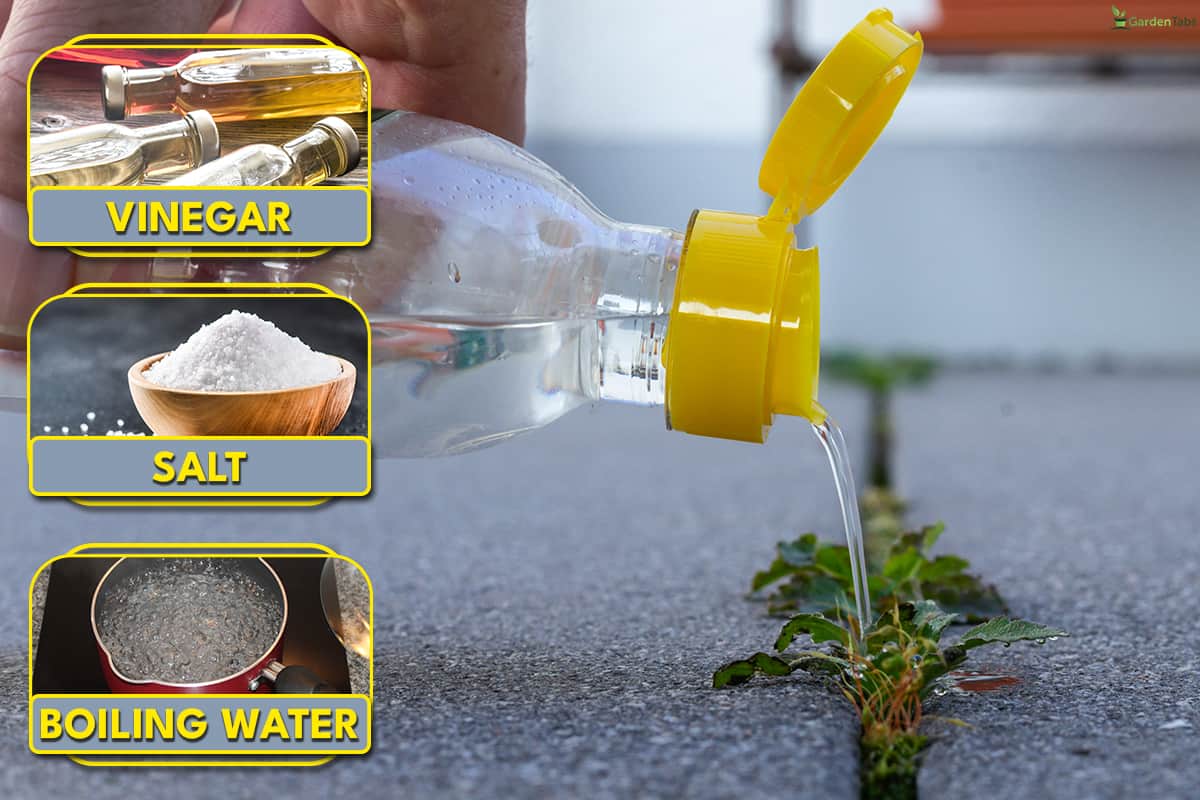
Many homeowners have found it hard to eliminate weeds from their lawns completely. There are always some weeds that manage to sneak through and thrive.
If you notice any weeds coming back year after year, it's time to look at your garden or lawn. In most cases, the issue is not an inability to kill weeds. It's more about how you manage your property.
You don't have to buy fancy pesticides to keep weeds at bay. There are plenty of ways you can keep them at bay without chemicals. Here are a few weed removal techniques you can employ using everyday household products.
Vinegar
Weeds leave behind seeds whenever they're uprooted. One of the most effective and cost-efficient ways to stop weed seeds from germinating is to use vinegar.
The acetic acid in the vinegar sucks the water content in the seeds, which causes them to dehydrate.
If you're a fan of using vinegar as a condiment, you should know how it can cause your fingers to wrinkle. This is how acetic acid works in dehydrating weed seeds too!
Salt
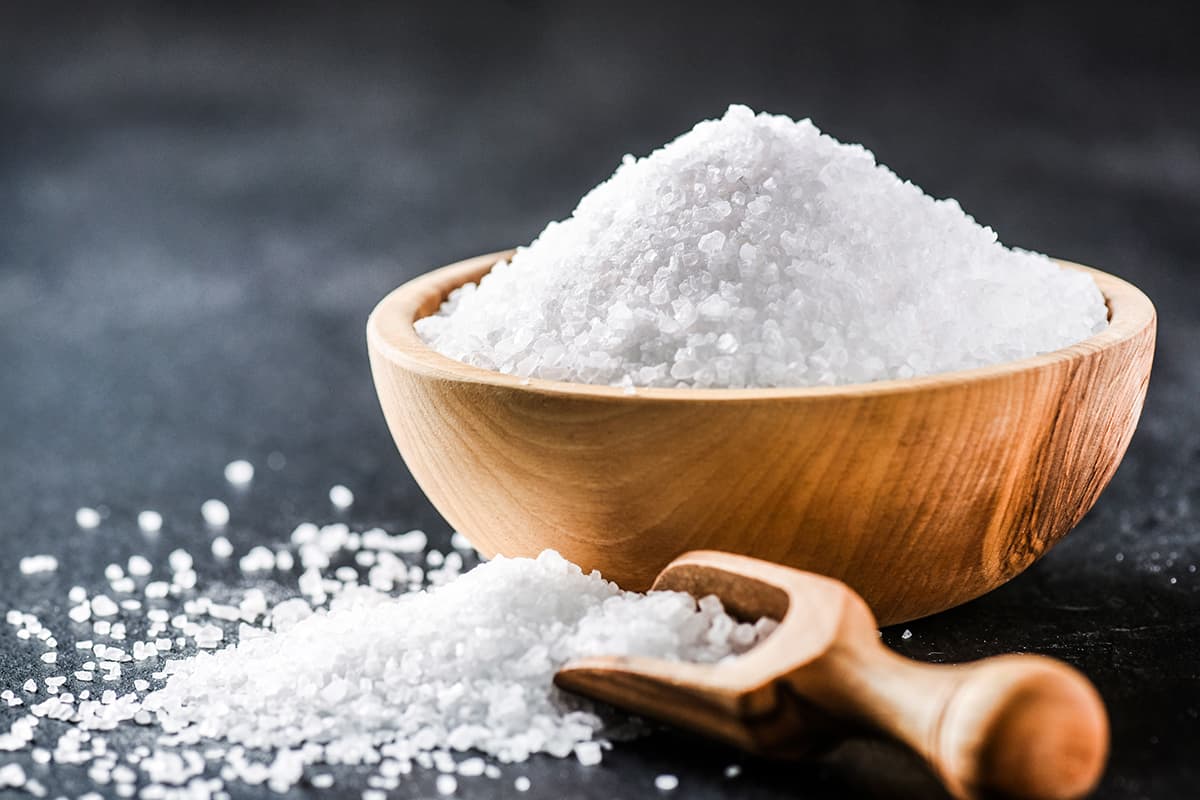
Another method is to dilute table salt in water and pour it on the spot where you just had weeds removed.
Salt is effective in killing seeds because it alters the regulation of water in the seed's internal system. By inhibiting its cellular structure from holding moisture, the seed is deprived of water and eventually dies.
Boiling Water
Boiling water as a contact herbicide has been around for centuries.
However, as people discovered that boiling water could also kill the seeds of plants they were trying to grow, this method has slowly taken the backseat in lieu of other more effective weed management methods.
This doesn't mean, however, that the utilization of boiling water as a contact herbicide has been forgotten.
Many gardeners still use it in their gardens as a part of their weed control programs. The main advantage of boiling water is that it is economical and easily accessible.
To make the use of boiling water an efficient process, it is desirable to apply the boiling water to the weeds to ensure that the weeds are killed without harming the other plants in the garden.
In Closing
A step-and-twist weed popper is an effective gardening tool suitable for many weed species. It's very easy to use, and you'll be able to get rid of those pesky weeds without having to spend time digging them up and hurting your back.
If you're looking for a no-nonsense approach to gardening, this weed popper is the right product for you.
Made it this far? Check out these helpful related articles below!


